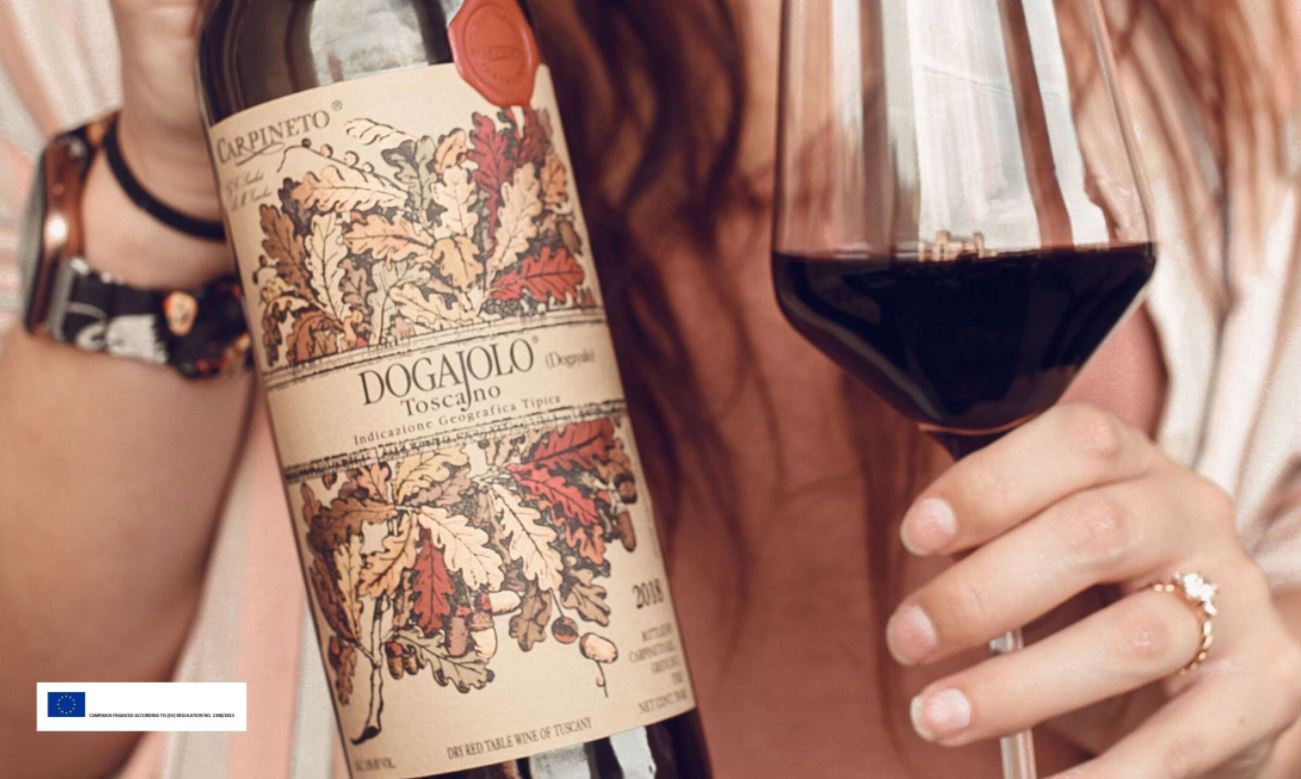The distinction between a trattoria vs restaurant isn't as direct in our modern-day as in the past. However, these two types of eateries were traditionally very different from one another and catered to two different types of patrons. Food in Italy is a very serious affair. For this reason, clear distinctions arose denoting different types of places to eat and drink. Trattorias, for example, are typically viewed as a more casual dining experience with laid-back service and food which represents the local area. This is in contrast to a restaurant, or ristorante, where patrons historically tended to be upscale and the food, as well as the service, better reflected this more distinguished crowd.
Understanding the exact differences between these two types of establishments will give you a more complete understanding of what a truly authentic Italian dining experience is. A trattoria, traditionally speaking, is more of a local eatery than a ristorante. What stands out the most when comparing the trattoria vs restaurant is the seasonal menu of the trattoria and the casual service. As the trattoria is more representative of the local flavor the menu is often in flux with what is in season in the region. This also means that there are usually no printed menus. The trattoria was historically less formal than a ristorante, and usually, the prices are lower and the quantity of the food greater.
Typically, a trattoria serves local wines and instead of offering it by the glass it is sold by the decanter. Some of the dishes you might come across at a trattoria include potatoes with gorgonzola, clam soup, Fiorentina, and freshly caught baked fish. In contrast to a trattoria, a restaurant usually has a set menu that is not bound to only regional dishes or any particular season, although it is customary in Italy to eat seasonal no matter what the venue. Ristorantes in Italy are similar to the modern day concept of “restaurant” with a well-trained wait staff, proper serving procedure and of course proper food and wine pairings.
Often Italian restaurants will have a sommelier on staff to provide quality recommendations to help you pair that perfect Chianti Classico with the right nuanced Tuscan meal. A few examples of dishes that can be found at a ristorante are pasta with bottarga as well as raw fish (in some instances caught that very day). When exploring the differences between a trattoria vs restaurant while traveling in Italy, it’s always a good idea to understand how they have begun to blur in our modern era. However, the tradition of each type of eatery still exists in many places throughout Italy. The main points to remember are that a trattoria is a more casual dining experience and perfect for sampling local cuisine and a restaurant is generally a fine dining affair with carefully crafted dishes and meticulously selected wine pairings.
A last bit of advice, whether in a trattoria or a ristorante, always make sure to enjoy some wine.
Understanding the exact differences between these two types of establishments will give you a more complete understanding of what a truly authentic Italian dining experience is. A trattoria, traditionally speaking, is more of a local eatery than a ristorante. What stands out the most when comparing the trattoria vs restaurant is the seasonal menu of the trattoria and the casual service. As the trattoria is more representative of the local flavor the menu is often in flux with what is in season in the region. This also means that there are usually no printed menus. The trattoria was historically less formal than a ristorante, and usually, the prices are lower and the quantity of the food greater.
Typically, a trattoria serves local wines and instead of offering it by the glass it is sold by the decanter. Some of the dishes you might come across at a trattoria include potatoes with gorgonzola, clam soup, Fiorentina, and freshly caught baked fish. In contrast to a trattoria, a restaurant usually has a set menu that is not bound to only regional dishes or any particular season, although it is customary in Italy to eat seasonal no matter what the venue. Ristorantes in Italy are similar to the modern day concept of “restaurant” with a well-trained wait staff, proper serving procedure and of course proper food and wine pairings.
Often Italian restaurants will have a sommelier on staff to provide quality recommendations to help you pair that perfect Chianti Classico with the right nuanced Tuscan meal. A few examples of dishes that can be found at a ristorante are pasta with bottarga as well as raw fish (in some instances caught that very day). When exploring the differences between a trattoria vs restaurant while traveling in Italy, it’s always a good idea to understand how they have begun to blur in our modern era. However, the tradition of each type of eatery still exists in many places throughout Italy. The main points to remember are that a trattoria is a more casual dining experience and perfect for sampling local cuisine and a restaurant is generally a fine dining affair with carefully crafted dishes and meticulously selected wine pairings.
A last bit of advice, whether in a trattoria or a ristorante, always make sure to enjoy some wine.





